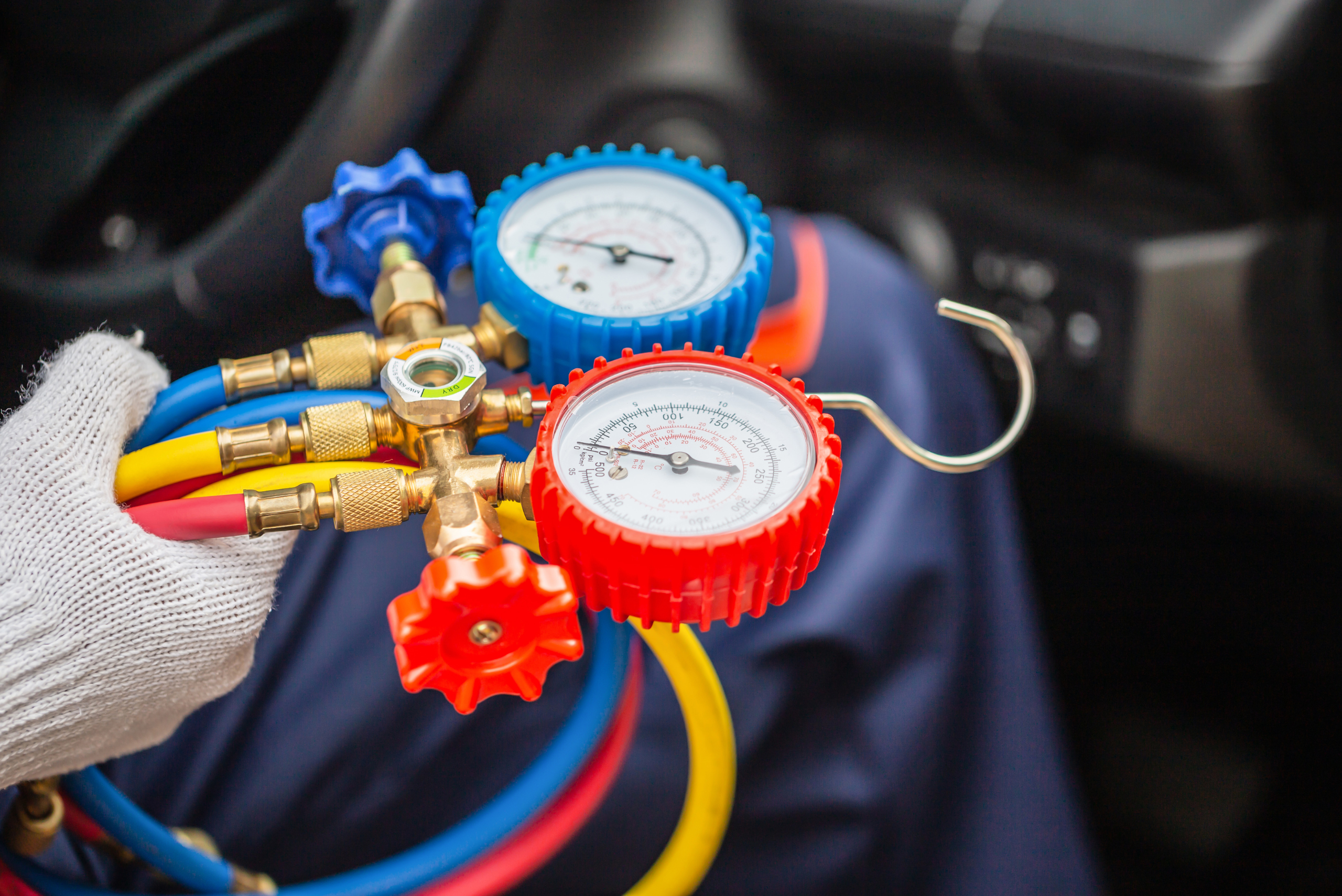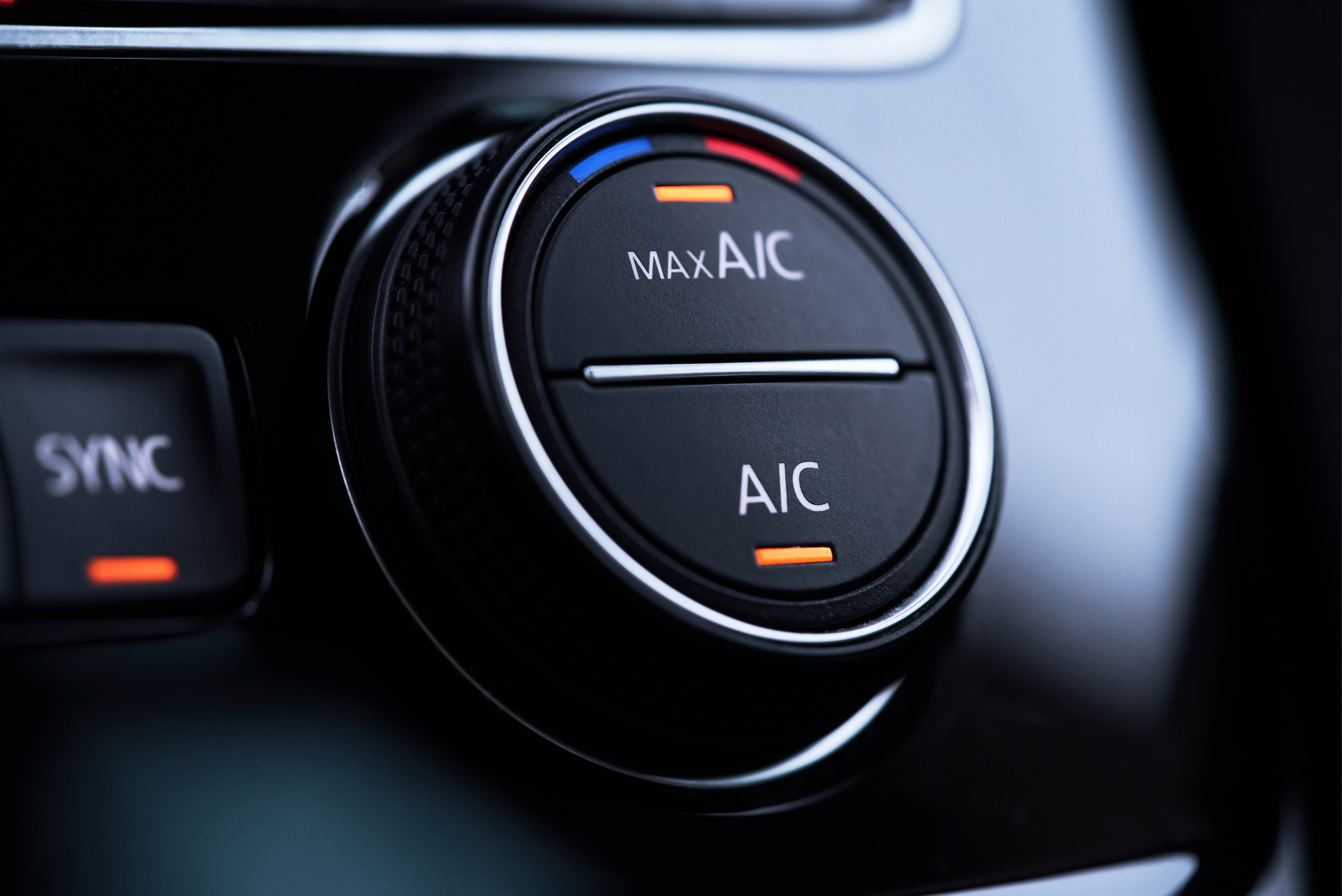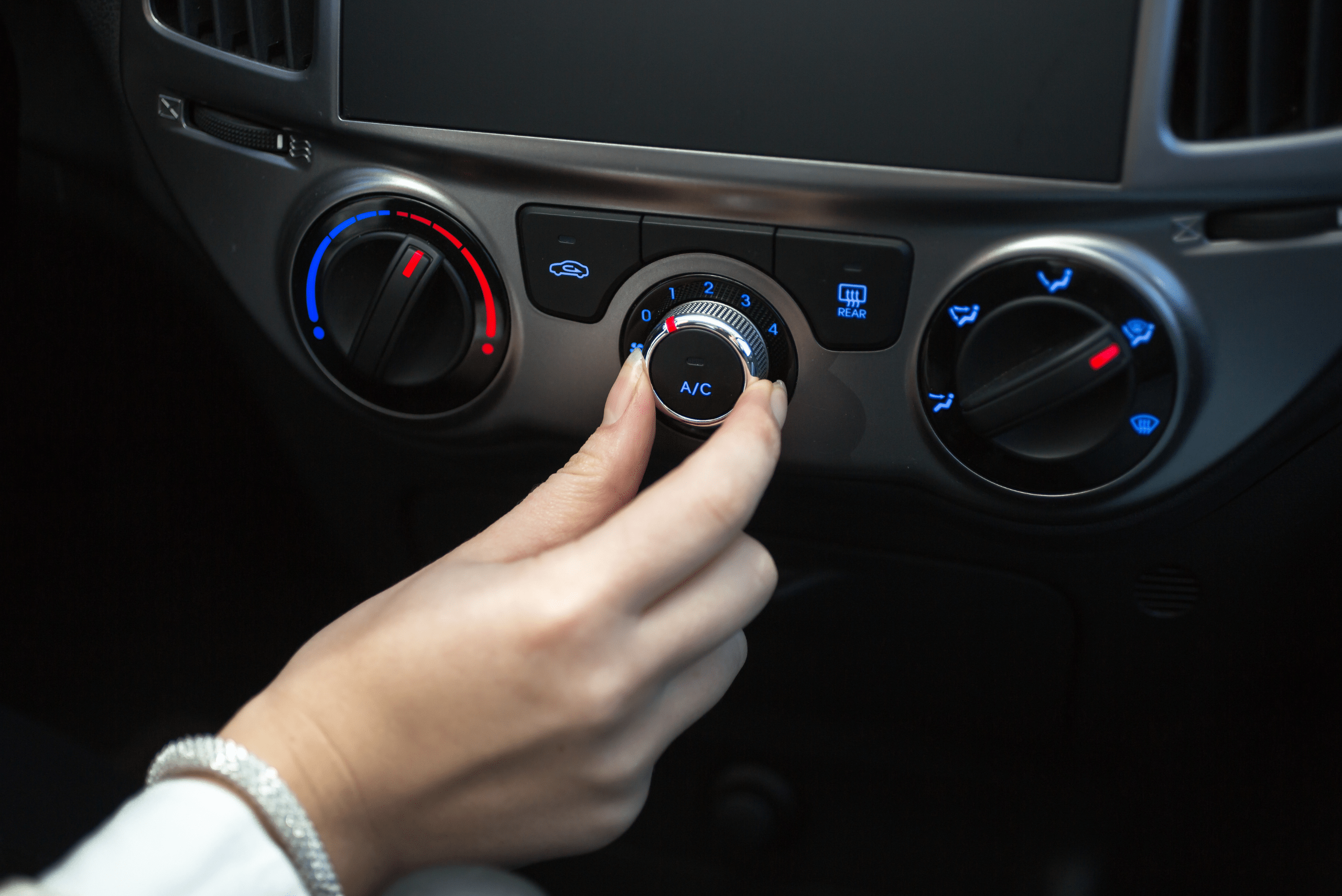How to Recharge Car AC to Enjoy Comfortable Drives on Hot Days
As the days grow longer and the temperature rises, many of us turn our attention to the comfort of our car’s air conditioning. Especially when you’re stuck in traffic on a hot day, having a functional and efficient AC system isn’t just a luxury—it’s a necessity. If you’ve noticed your car’s air conditioning system isn’t performing as well as it used to, it might be time to consider recharging it. Recharging your car’s AC is a practical DIY task that can save you time and money. Here’s how to tackle this task with confidence and coolness.
Understanding the Basics of Your Car’s AC System

Before you dive into recharging your car’s AC, it’s important to understand how it works. The system relies on refrigerant, a special fluid that absorbs heat from the car’s interior and expels it outside. Over time, this refrigerant can leak or deplete, leading to a less effective system.
Recognizing the signs that your AC needs a recharge is the first step—common indicators include the air not feeling as cold as it used to or the system taking longer to cool the car.
How to Prepare for Recharging Your Car AC

To properly recharge your car’s air conditioning, you’ll need a few key items: refrigerant, a recharging kit, gloves, and safety glasses. These kits usually come with detailed instructions and all necessary attachments, making them ideal for beginners.
It’s crucial to purchase the correct type of refrigerant for your specific vehicle (usually noted in the owner’s manual). Safety is paramount, so ensure you’re wearing protective gear to shield your eyes and skin from potential contact with the refrigerant.
Step-by-Step Guide for How to Recharge Your Car AC
Here are the general steps for how you go about recharging the A/C system of your car:
- Start by locating the low-pressure service port of your AC system. (This is typically found on the larger diameter tubing between the compressor and evaporator)

- Once located, shut your car off, remove the protective cap, and connect the service hose from your recharging kit to this port. (Ensure a tight, secure connection to avoid any leaks)

- Now, start the car, turn the A/C to its highest setting, and monitor the gauge on the recharging kit. (You should also check the A/C compressor to make sure it kicks on, sometimes when it’s low on refrigerant, it won’t kick on until you drive the vehicle for a short period)

- Carefully add refrigerant, pausing frequently to check the pressure and vent temperature until the system is fully charged. A good rule of thumb is to pull the trigger or open the tab for 1 second, and if everything is working right, you will see the pressure rise up on the gauge and then fall back to where the level is as you release the trigger. (Check the refrigerant bottle for the appropriate pressure required and do some research on your specific car model)

TIP: Overfilling your A/C can cause more harm than good, even causing your A/C to stop working altogether, so it’s a smart idea to pull the trigger for 1 second at a time and check the vents for coldness, but don’t go over 2-3 pulls. You can always add more later if needed and wait for the fitting to warm back up before disconnecting it to avoid leaking refrigerant into the atmosphere.
Common Mistakes to Avoid When Recharging Your Car’s AC

While recharging your car’s AC might seem straightforward, there are a few common pitfalls to avoid. Overcharging the system can be just as detrimental as not having enough refrigerant, leading to decreased efficiency and potential damage. Also, you should source the appropriate fitting for the low-charge side of your car’s A/C system and do some research on how much PSI is considered filled for your vehicle.
Another frequent mistake is neglecting to check for leaks beforehand. If your system has a leak, adding new refrigerant is only a temporary solution. Fixing leaks ensures your recharge lasts longer and your system operates effectively. Lastly, if you are using a can with a pressure gauge to recharge your A/C, you will need to tighten the nozzle onto the can until it pierces open, but don’t remove the pressure gauge until the can is empty, which usually takes a few refills.
Maintaining Your Car’s AC Post-Recharge

After successfully recharging your car’s AC, regular maintenance can extend its lifespan and performance. Running the AC for about ten minutes once a week, even in winter, helps keep the system lubricated and functioning properly.
Additionally, keep the car’s recirculate setting off occasionally to prevent excess moisture buildup, which can lead to mold and unpleasant odors. Regularly checking for leaks and monitoring the system’s performance can also head off problems before they necessitate another recharge.
Related Articles
- DIY Car Maintenance: How to Change Your Engine Oil
- Step-by-Step Guide for Cleaning Cloth Car Seats
- How to Change Wiper Blades: Car Maintenance
Taking the time to recharge your car’s AC not only improves your immediate comfort but also contributes to the vehicle’s overall health. By embracing this simple yet effective DIY task, you not only save money on professional services but also gain a deeper understanding of how your car operates. Remember, a well-maintained AC system ensures more than just cool air—it ensures peace of mind during those long, hot summer drives.
Ready to start your next project? Join our DIY community to receive tool tips, how-to guides, and exclusive creative insights. Subscribe to the ManMadeDIY newsletter now! Click here to unlock a world of hands-on inspiration.









